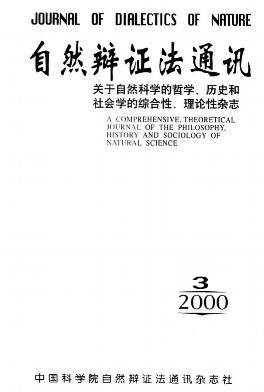A Comparison Study of the Models of Eclipse Phase among Chinese, India and Islamic Astronomy
In ancient and medieval Chinese calendar一making system, there were algorithms for calculating the eclipse phases of the sun and the moon . Normally speaking, for any kind of solar eclipse, Chinese calendar一makers derived a function to calculate the times of its first contact, middle of eclipse and last contact. But for a total lunar eclipse,a function would be used for calculating its five eclipse phases. In such functions, the magnitudes of eclipses were used as their independent variable.How did such functions being constructed by Chinese calendar一makers? A study of this paper shows that those functions used before 1280AD were all constructed by some pure numerical methods. But the functions used in the Shoushi 1i《授时历》(1280AD) were derived from the geometric models of eclipse phase.It is interesting that such geometric models were also used in two calendar一making systems compiled by Indian and Islamic calendar一makers for deriving their algorithms of eclipse phase. It is Well Known that there were some Indian and Islamic astronomers worked in the observatory of China in the 8th and 13th century.Two calendar-making systems they left,which are named the Jiuzhi li《九执历》,an Indian traditional calendar,and the Huihui 1i《回回历》,an Islamic traditional calendar, respectively.The point is that although the Chinese calendar一makers had known the geometric models from the Indian calendar Jiuzhi li《九执历》for many years, they refused to use their algorithms of eclipse phase until they learnt the same models again from the Islamic astronomers in the 13th century. As an example of the construction of functions for calculating the eclipse phases, we may come to a conclusion that there might be some influence from Indian and Islamic astronomy on Chinese calendar一making system.
